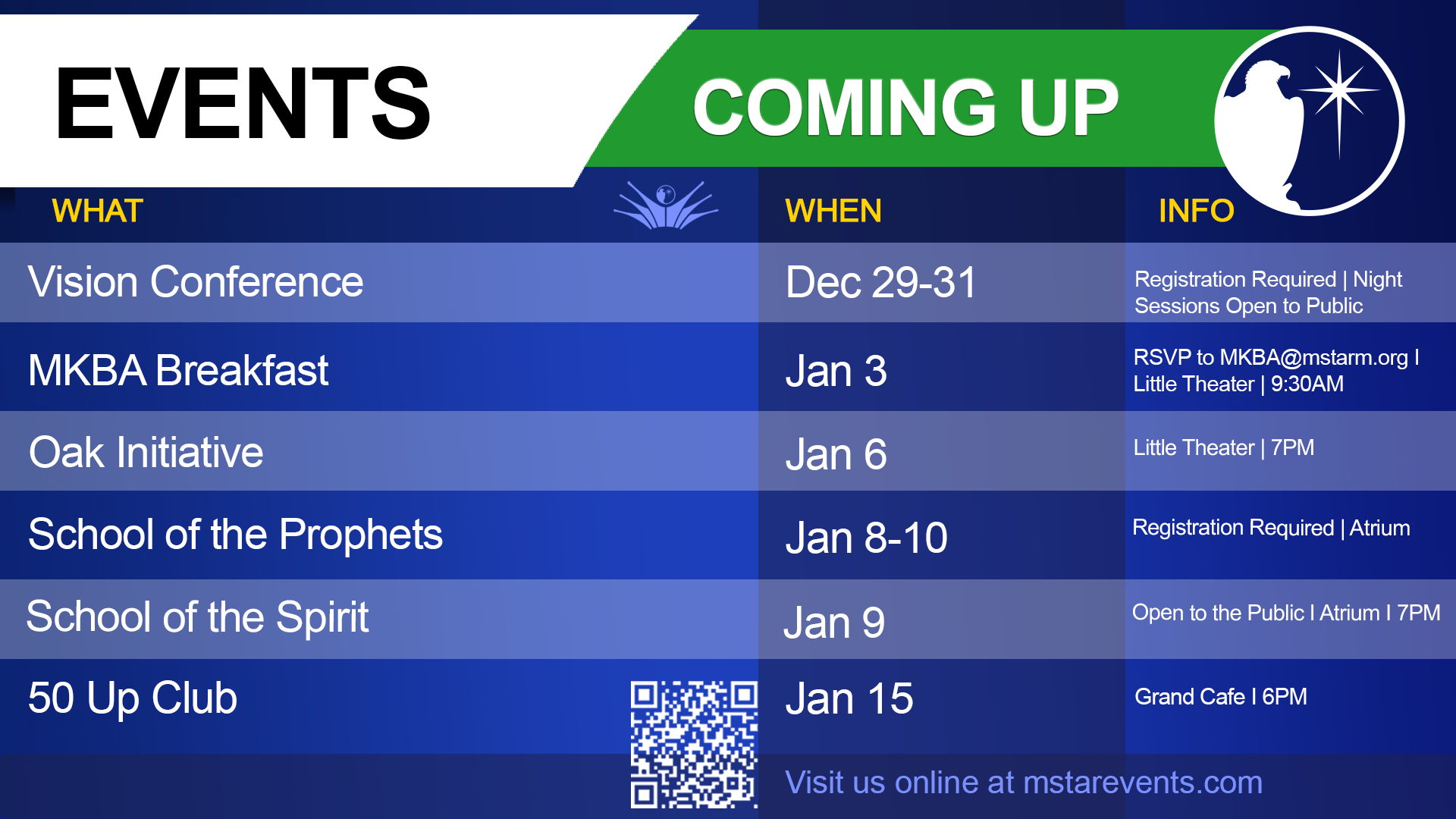Count Ludwig von Zinzendorf
(1700–1760)
Historians have called Count Zinzendorf “the rich young ruler who said yes.” Born into great wealth and a position of power, he was a member in the court of one of the great thrones of Europe. Even so, he regarded pastors of small congregations as more important because they dealt with eternal issues. For this reason, his highest vision was to be a pastor.
The young count eventually left his duties in the court to lead a small band of refugees. Although unheard for any nobleman to do such a thing, Zinzendorf was resolute. He passionately loved the Lord and the things of the Lord, and cared little for the things of this world.
Seemingly going the wrong way for someone who wanted to impact the world, Zinzendorf and his band of refugees nevertheless went on to have an impact like few others have. They gave birth to the modern missionary movement that touched every nation. Years later when the great Baptist missionary, William Carey, was called “the father of modern missions,” he protested and pointed to Zinzendorf as the one who deserved this title.
Zinzendorf seemed to have had a heart for the Lord from a young age. There is a noteworthy account of his prayer life from when he was just eight years old. Swedish soldiers had invaded northern Germany and burst into the house where the young count was praying. However, they felt the presence of the Lord so powerfully with the boy that they carefully backed out of the house. Years later, his devotion to prayer would help ignite a round-the-clock prayer meeting lasting for one hundred years, the most famous prayer meeting in history.
The beginning of the modern missionary movement happened when the Count discovered the writings of Jon Amos Comenius in the Dresden library. Zinzendorf had just spent a considerable amount of time intervening in a dispute among the Moravian refugees he had given haven to on his estate. To prevent further discord, he had instituted a few basic rules for the community. He was astonished to find that the same rules had been given by Comenius to refugees from the same place in Moravia one hundred years earlier.
This got the count’s attention. Then he read the prophecy of Jon Hus that the seed of reformation would fall into the ground and die, but it would sprout again and bear much fruit. Comenius wrote that this seed would “sprout in one hundred years time.” Zinzendorf was amazed that he read this exactly one hundred years after Comenius had said it. A fire ignited in Zinzendorf. He raced back to share what he had found with the refugees on his estate.
There are few things that will ignite a person more than seeing their own purpose in God’s plan. The refugees were so impacted by what Zinzendorf shared that all of their differences with each other were washed away in the sense of destiny they felt. This resulted in a community prayer meeting in which it was reported that the Holy Spirit fell on them as He did on the Day of Pentecost in the Book of Acts. They were also given tongues of fire to preach the gospel, and thus they began one of the greatest moves of God since the days of the first apostles.
Zinzendorf was also a lover of music and worship. He wrote many great hymns, and it is hard to find a hymnal today without a number of them included. It was the three-strand combination of worship, prayer, and missions that formed a cord of great strength and released the movement that would so impact the church and the nations.
After visiting Herrnhut, Zinzendorf’s estate where this had taken place, John Wesley wrote that it had to be the closest thing to the New Jerusalem that could be found on the earth. Wesley and George Whitefield, who had also been influenced by the Moravians, would be two of the firebrands to ignite the first Great Awakening in the United Kingdom and the American colonies.
Count Zinzendorf, who began and ran so strong, also finished well. Some accounts report that he expended his considerable fortune on promoting the gospel. Even more importantly, he expended his life in the service of his Savior. As a result, multitudes received His salvation. The movement he helped ignite may also have done more than any other to prepare the way for the Lord’s return. It inspired many in every generation since who would “build a highway.” This is the road that leads to God’s “higher-way.”
Today, Zinzendorf is celebrated across the spectrum of the church as a great example of what can be accomplished by anyone resolutely committed to following the King. His work lives on, and the seed he helped bring to life continues to grow and bear much fruit.
My booklet entitled, The Three Witnesses, covers the lives and impact of Hus, Comenius, and Zinzendorf on the modern church and the world. It is available in the MorningStar Catalog and on our website.



